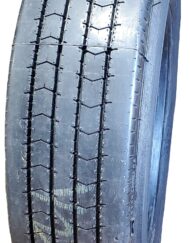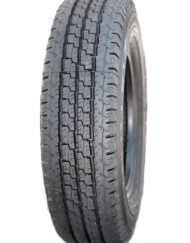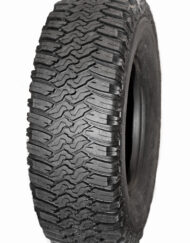Two Sides of the Same Coin: Mold Cure vs. Pre Cure
When it comes to tire retreading, there are two main strategies used: mold cure and pre cure. While both produce quality retread tires, each of these systems presents its own unique benefits. Beyond the first initial steps, which include a thorough inspection and detailed buffing, there is a difference in how each tire retreading system works. Let’s take a look at these differences.
Mold Cure Retreading
Once a tire has been inspected and buffed, if the mold cure retreading process is chosen, the next step will involve applying un-vulcanized tread rubber directly to the buffed tire. The freshly rubberized tire is then immediately placed into a rigid mold which contains the chosen tread design. That mold is then heated, causing the rubber within the tread area to vulcanize and adhere to the tire. The mold cure retreading process is very similar to the system used to produce brand new tires.
Pre Cure
The precuring process involves the use of rubber that has already been vulcanized using the new tread design. A thin layer of cushion gum is wrapped around the tread area of the buffed tire and the precured tread is then applied. The cushion gum bonds the new layer of precured tread to the tire. The tire is then placed inside a curing chamber to complete the adhering process. Again, precures are constructed in a similar fashion to that of new tires.
Regardless of which tire retreading process is used, the last few steps – just like the first few – are the same. A final inspection is performed to ensure that the tire meets industry standards for quality and safety. Retread tires that pass inspection are then trimmed to remove any excess rubber and painted.
If you are searching for a more affordable alternative to purchasing brand new tires for your vehicle, recapped or retread tires are a great option. They are safe and cost-effective, making them a wise investment. For more information about the tire retreading process or to learn more about how you can take advantage of this economical option for your own vehicle, click here or call 855-507-3227.




